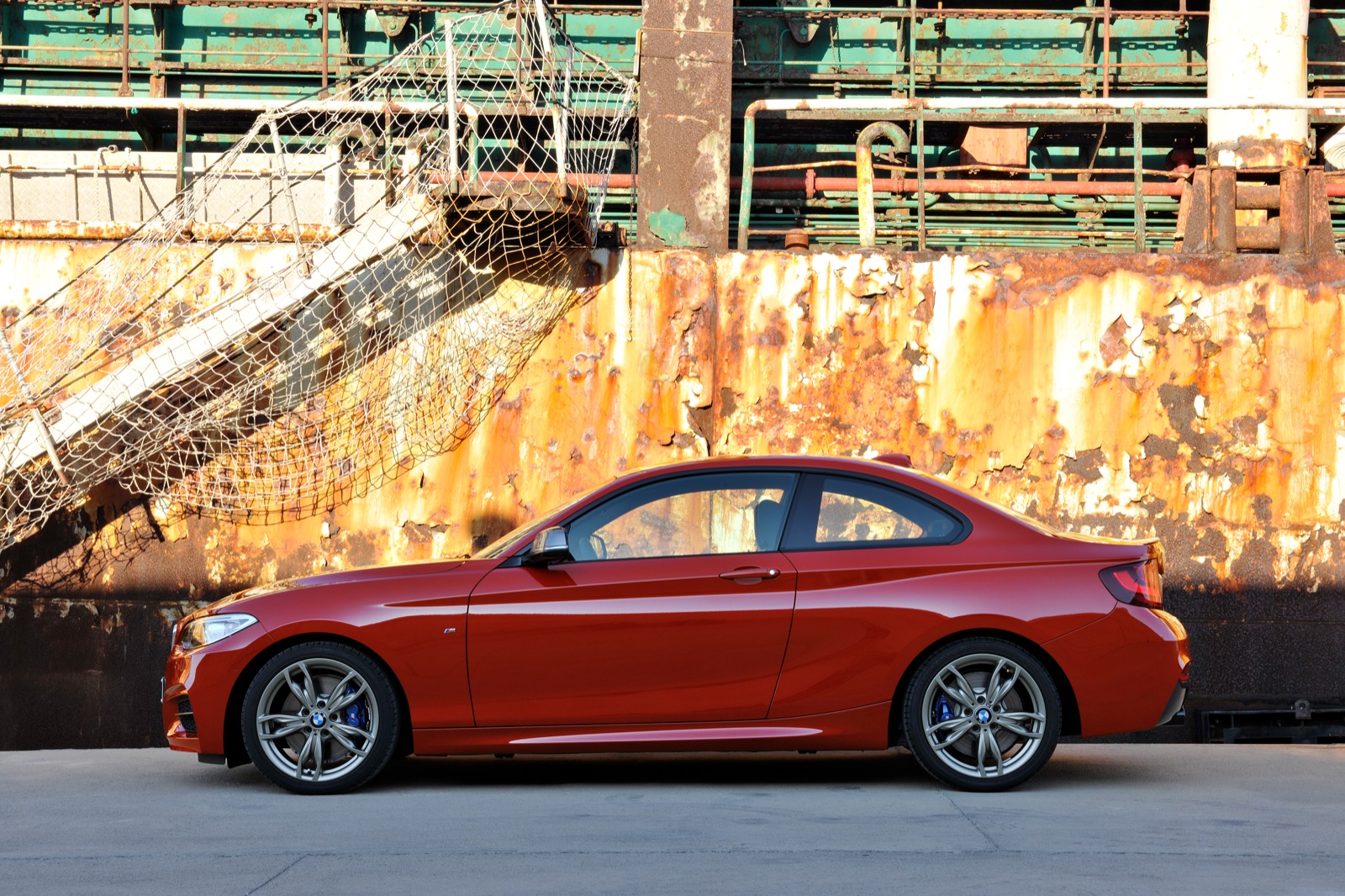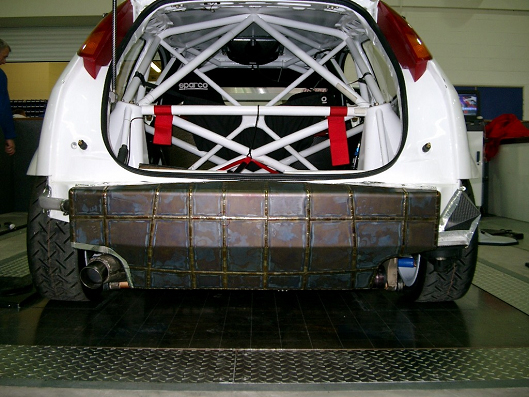noddaz said:
A question about spoilers on the edge of a deck lid. If there is a gap (1/2 inch?) between the deck lid and the lower edge of the spoiler what is the effect of the air bleed off under the spoiler?
so, I've been looking at this pretty slowly over the last month... in 2D, with Javafoil... on a miata profile.
so, I've got enough experience to say "it depends"... although "what is the effect of the air bleed off under the spoiler"... is kind of wrong way to look at it.
If downforce is the goal, then the point of placing a spoiler/wing near a trunk with a gap is to get higher speed flow onto the bottom side of the spoiler/wing. Doing that means you can usually run to a higher angle on the wing without stalling the flow (compared to the same section in free air), and then get more downforce from the element. theoretically.
depending on a bunch of things.... one knock-on effect is that you're putting a low pressure zone in range of 'activating' pulling air out from under the car's bumper. This can mean more downforce... although, with javafoil... and my input parameters, it seems like it's over-predicting the 'ground effect' downforce of a miata. So, when I add the gapped spoiler, it changes things enough that javafoil starts predicting an overall loss of downforce... despite the region of low pressure growing under the idealized miata-car-section-shape.
all of that stuff above is very sensitive to: the shape of the rear window/trunk, gap above the trunk, where the 'nose' of the foil is 'longitudinally' compared to the trunk, and the shape of the foil section (both nose radius, and overal thickness and camber). And cars being what they are, unless you make a complex shaped spoiler-wing thing, you're going to push to optimize one area and 'just deal' with some inefficiency elsewhere... from a 'distance from the centerline' perspective.
All those caveats aside. My 'number-crunching and not real-world tested' experience so far indicates that 1/2" is too little a gap, most likely. You probably want to have 1" of gap, minimum.
If you can, you probably want a mount that allows you to change the gap of the spoiler from 1 to 3 inches, while also allowing a range of angles from 5 to 30deg. And, in order for this to work, you'll want a section with a 'reasonably rounded nose' profile... aluminum/plexi sheet need not apply.
standard statement: caveat emptor, caveat lector, ymmv, iirc, etc.












 Smokey Yunik built a 7:8 scale version of a Chevelle for NASCAR. In truth, Smokey moved the body of the car backward three inches for better weight distribution, raised the floor and smoothed out the underside of the car for better aerodynamics, and made the bumpers and fenders flush with the rest of the body. It looked stock and it won, and people have called it a 7:8 scale, even though it was just clever manipulation.
Smokey Yunik built a 7:8 scale version of a Chevelle for NASCAR. In truth, Smokey moved the body of the car backward three inches for better weight distribution, raised the floor and smoothed out the underside of the car for better aerodynamics, and made the bumpers and fenders flush with the rest of the body. It looked stock and it won, and people have called it a 7:8 scale, even though it was just clever manipulation. 









/cdn.vox-cdn.com/uploads/chorus_image/image/50296179/robocar2.0.0.jpg)




























